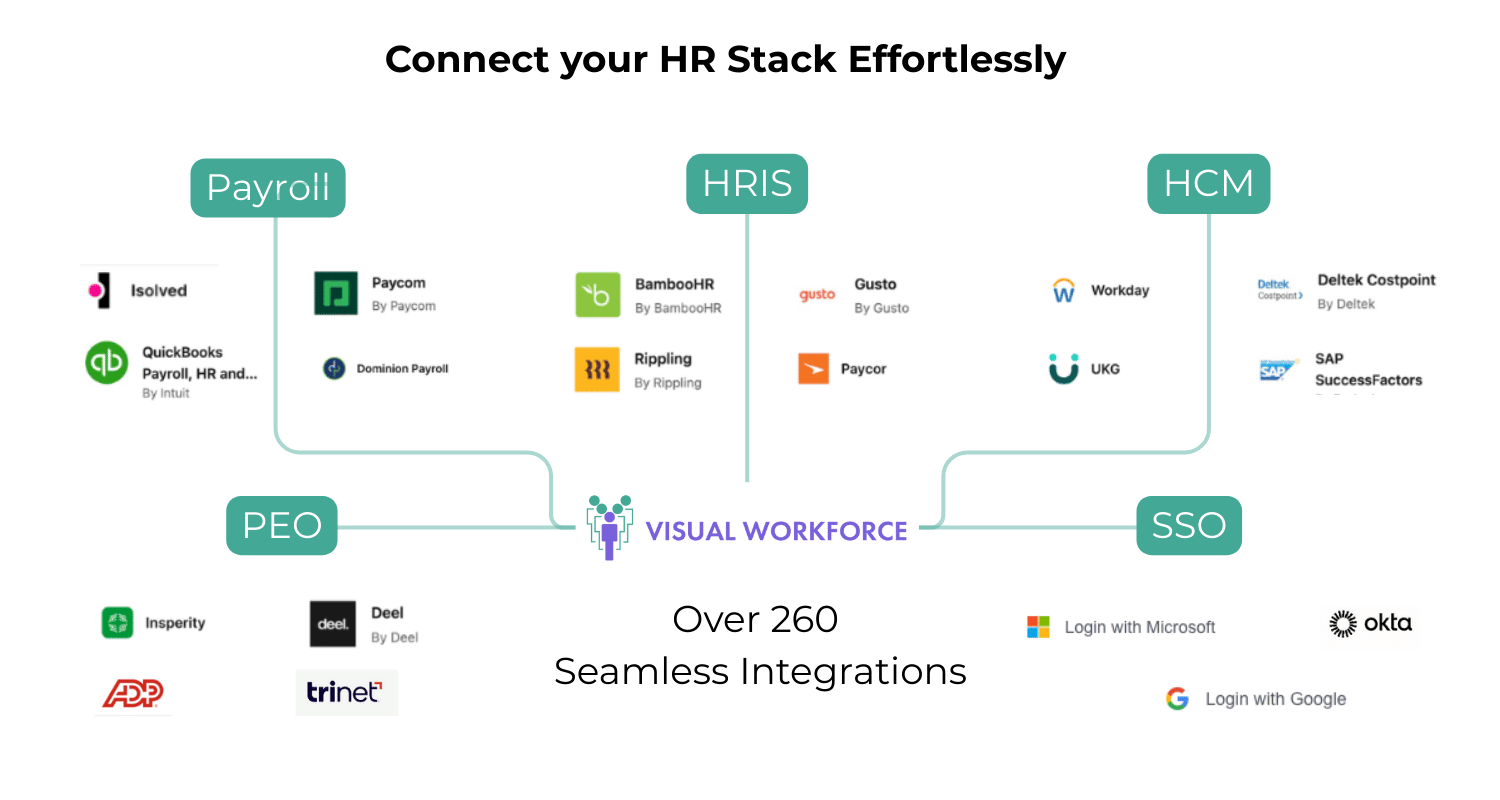4 Myths About Tracking and Identifying Skills Gaps
A skills gap can be a costly, time-consuming problem for businesses. As industries continue to shift towards digital, companies need to find more proactive approaches to avoid gaps, instead of managing them as they appear.
How Do Companies Currently Track and Identify Skills Gaps?
While many companies recognize the need to optimize their workforce, not everyone has developed an ideal method for tracking and identifying skills gaps. Here are some methods we see companies using today.
1| Internal Networking
This method is pretty self-explanatory. Managers talk with employees about their skills, experience, and education to gain insight on needed capabilities. For example, when a new project requires a niche skill, managers network internally to find out who may have that skill or if they’ll need to hire someone.
Using internal networking to identify gaps and needs is a very ad-hoc approach to skills management. It places responsibility on the manager to find relevant answers, consuming valuable time. Sometimes those answers are inaccurate and tainted by human bias. There is no guarantee in a person’s opinion as opposed to an objective answer produced by data.
Additionally, this method does not provide a consistent inventory of skills managers can access for instant answers. For this reason, internal networking doesn’t help managers make timely, key decisions and often puts businesses at a disadvantage when new opportunities are presented.
2| Delegating Skills Tracking to a Different Department
We see business managers delegate skills tracking to entirely different departments that do not understand the intricacies of what makes their group successful. Other departments, like HR, will not be proficient in the requirements of your team. It’s not their role.
Managers who delegate to others are devaluing the power of skills tracking. Understanding the current skills and capabilities of your workforce provides you the information necessary to build the best team to win new business opportunities. Managing skills tracking yourself ensures you are collecting and analyzing the most relevant data for the purpose of your business objectives.
3| The Excel Spreadsheet Method
One of the most popular methods to track current skills is using spreadsheets. Managers leverage a combination of surveys and tables to collect and maintain data on their workforce.
While the spreadsheet method appears cost efficient, it can become disorganized and time-consuming and out of date very quickly. Collecting surveys and manually inputting results is tedious and prone to error. Managers waste valuable time trying to analyze data and pinpoint problems when they should be focusing on creating solutions.
Additionally, spreadsheets can only present static data points, making it very difficult to identify trends and anomalies. In other aspects of business, leaders draw conclusions from patterns recognized in data, not specific data points. Identifying gaps in your workforce is no different and spreadsheets do not provide easy-to-use tools for leveraging dynamic data.
4| Enterprise Systems
Many organizations use an enterprise system like an ERP, HRIS, and LMS to manage and track various resources. Managers assume their enterprise system also has the capability to track skills, but come to find that these systems are not designed for in-depth analysis of your workforce.
The challenge with enterprise systems is that they are expensive, complex, broad, and cumbersome to customize. If a project manager is responsible for building out a team for a competitive bid, they need to be able to easily access, analyze, and identify the best people for the project in a timely manner. Enterprise systems can cause bottlenecks and confusion for managers who need to identify the right people with the right capabilities to make an effective business decision.
Is There a Better Way to Proactively and Efficiently Identify Skills Gaps?
Build A Skills Inventory
A skills inventory is a collection of current employees’ skills, experience, and capabilities that help business leaders analyze the current state of their workforce and plan for future business objectives.
Why Do You Need A Skills Inventory?
A skills inventory provides organized insight into the current skills and capabilities of your workforce. Understanding your current skills and capabilities can help you plan for future business initiatives, build high-performance teams, win new business, and refine your hiring process.
Related Post: What are the Business Benefits to Having a Skills Inventory?
What Characteristics Should My Skills Inventory Have?
1| Use a Centralized System
Avoid disorganization and inefficiencies by housing your skills inventory in a centralized, easily accessible system. Employees should be able to access their surveys and results easily and managers shouldn’t have to hunt down answers. The goal of a skills inventory is to provide data at the fingertips of managers so they can make instant, informed decisions.
2| Provide Instant Access To Relevant Insights
Business leaders should maintain a dynamic skills inventory that provides instant access to relevant answers. Managers can make future decisions based on living and breathing data rather than historical, static data. They can plan for expansion and win more business all by having accurate, current information at their fingertips.
Maintaining a dynamic skills inventory also requires consistent input from employees and managers. This provides a double-sided benefit. First, consistent input keeps your skills inventory populated with up-to-date data. This is key to producing relevant, instant answers to managers’ queries.
Second, seeking consistent input increases engagement and promotes a learning culture. Seeking career growth is the #1 reason top talent leave jobs. Consistent surveys put growth front of mind for employees and help managers tailor development programs to the current needs of their workforce. By prioritizing and promoting continuous learning, you are not only more likely to retain top talent but also strengthen your workforce’s capabilities.
3| Leverage the Power of Visualizations
While spreadsheets provide an organized repository for data, managers must be able to easily interpret that data to make timely business decisions. Sorting through rows of ratings and analyzing tables in Excel can be complex and time-consuming.
Utilizing visualizations empowers managers to easily and quickly interpret gaps so they can spend more time developing great solutions from their insights. Visualizations are also dynamic. You can identify changes more easily, so you can not only track your employees' skills but their growth as well.
The skills gap will continue to grow as we move further into the age of digital transformation. How business leaders tackle these gaps will in large part determine the success of their organization. As the way we work changes, so should our approach to how we identify gaps and optimize our workforce for success.
Subscribe
Sign up to receive updates and announcements from Visual Workforce.








